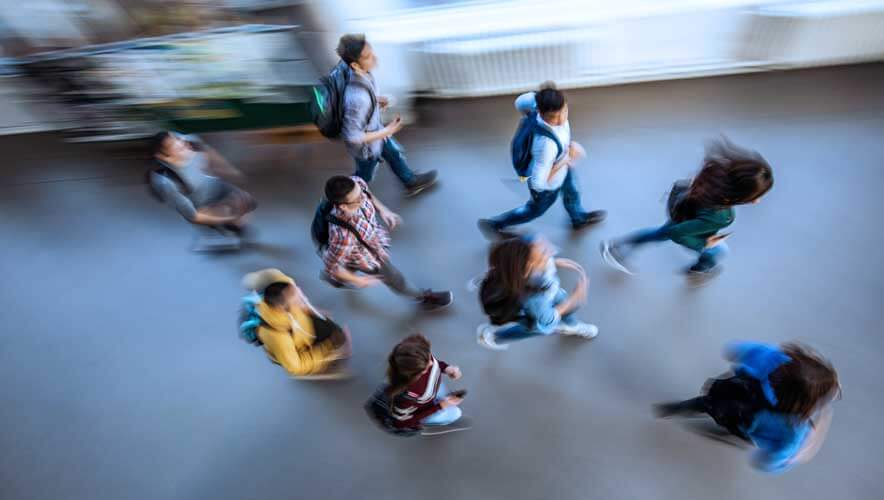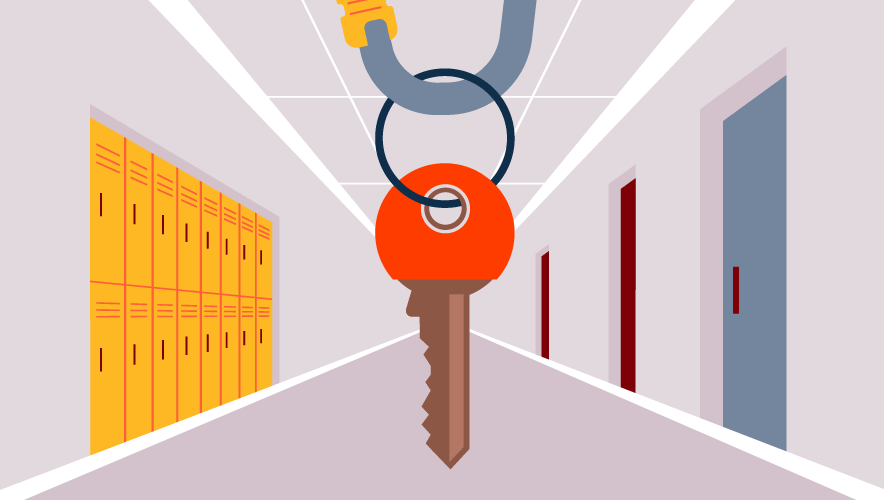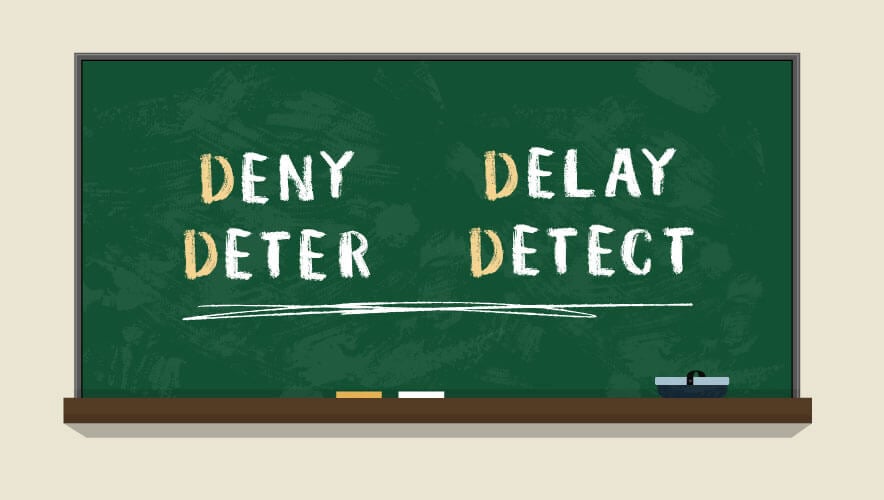School Principals Band Together to Offer Support After School Violence
“We are all a part of a club that no one wants to be a part of,” says Michael Sedlak, unit principal at Hudson High School in Ohio.
Sedlak, along 20 other current and former K-12 school principals, is part of the Principal Recovery Network (PRN)—a team of individuals who have all experienced gun violence in their school building. Through the National Association of Secondary School Principals (NASSP), they conduct outreach to administrators in school communities that have experienced violence to offer resources, lessons learned, and an empathetic ear.
“We are someone that can listen and truly understand the pain they are going through,” Sedlak says.
Principals who had experienced school violence reached out to each other informally ever since the Columbine High School shooting in 1999, providing resources and recovery recommendations. In 2019, the NASSP pulled a group of principals together to build a Guide to Recovery document, share their combined experiences, and advocate for national school safety enhancements and violence prevention programs.
“Some things truly help school safety, while others are just smoke and mirrors,” Sedlak adds. “Being able to learn from best practices and implement strategies that work for specific schools and communities is the key.”
PRN members can provide honest feedback and guidance on what worked or didn’t work in their region or schools after a violent incident. They can also inform school administrators about resources—such as federal funding or grants—to help with recovery efforts, security improvements, or mental health services.
While the recovery guide collects best practices from principals and schools that have experienced gun violence, the personal connection to someone who has experienced a similar tragedy is invaluable, says Patricia Greer, resource center director at the Kentucky Center for School Safety at Murray State University. In 2018, Greer was the principal of Marshall County High School in Benton, Kentucky, when a student entered the school with a handgun and began firing, killing two students and injuring several others. “The entire school and community experienced personal trauma from the incident,” Greer says.
While multiple principals reached out with support at the time, “the PRN allows us to be more systematic in offering and providing support” moving forward, she says. Between its resources and members, the PRN helps people know they are not alone when dealing with the aftermath of a traumatic situation.
Whenever a school violence incident occurs, a PRN member can reach out to that district’s administrator or community to provide assistance, or the administrator can request help from the NASSP. The network connects members with school districts that share a geographic area or where the incident mirrors a PRN member’s experience in some way, says Kevin Lein, former principal at Harrisburg High School in South Dakota and a founding member of the PRN.
PRN members offer guidance and testimonials about both physical security changes and school culture. At Marshall County High School, Greer says, one of the keys to leading through this event was “intentionally finding ways to hear students’ and staff’s voices. The learning environment was destroyed, and we had to come together to re-establish our learning environment.”
The PRN recovery guide recommends leveraging existing student leadership groups such as student councils to encourage and organize input from students about recovery and remembrance efforts. The guide also notes that the learning environment—and expectations around academic achievement—must change in the aftermath of a violent incident to give students and staff room to process the trauma and reconnect with each other.
Physical security changes might also be necessary. Marshall County High School added bag searches and metal detector procedures for all students entering the school, and only personal bags are allowed into classrooms. Access control was also essential.
“Keeping classroom doors closed and locked is a proactive security measure that is effective in schools… Access control causes no educational disruption,” she adds.
But the social-emotional element of recovery cannot be ignored, she notes, explaining that schools that undergo violence must rebuild trust between students, staff, and administrators in order to heal.
The Guide to Recovery outlines how schools have supported staff and students during reopening and recovery efforts, and it emphasizes that this will be a long-term process—administrators should plan on needing extended mental health support and other services for years, not weeks or months.
Lein adds that although adding physical security measures and procedures offers some solace and can prevent some violence, emphasizing a culture of caring for every other person in the school community boosts safety and recovery unlike anything else.
“Well-meaning leaders and communities take comfort in procedure, policy, and adding more safeguards, arming teachers, creating ‘fort-like’ and military toned buildings,” Lein says. “Although these physical adaptations have good intentions, you can’t legislate a heart, you can’t policy healthy mental acuity; compassion is far more powerful than guns. We are only safe when the person next to us has hope, opportunity, and is not marginalized or unvalued.” He notes that Harrisburg High School created an individualized education program (IEP) for all students, personalizing pathways for growth and education that “demonstrate intensity of care” and “intentional relationship connections with staff and students.”
For Ryan Rollinger, who was assistant principal for Lein when Lein was shot by a student in 2015, his personal attitude to school security ebbs and flows—he doesn’t want the school to be a prison, and he wants it to be a safe place of education. “But I am not naïve to the fact that we had someone walk in with a gun, and we had somebody commit an act of violence,” he says. “So, I think there are some things that you can do to your building—limiting the number of entrances that there are, or making sure that during the school day the building is fairly secure from the outside.”
Rollinger, who is now principal at Harrisburg High School, says that adding some preventative or delaying measures such as extra locking mechanisms or bullet-resistant film on building windows and doors can be helpful. He also recommends practicing lockdowns, but with extreme sensitivity in communities that have experienced violent incidents. Simulations can be re-traumatizing for students and staff, and those scenarios—while well-intentioned—can spark panic.
“We make sure people know ahead of time that it’s a drill, especially the parents,” he says. “In a day where we have 1,300 kids in the building, I would guess we have that many cell phones as well, and information will get out to the public way faster than you can do anything about. So, being a little bit proactive about communication of what we’re doing is important for those drills.”
However, Lein cautions against relying too heavily on physical security measures at the cost of school culture. “Every lockdown practice is also practiced by a possible perpetrator,” he says. “If one has an intent to harm, the individual has intimate knowledge of every security measure arranged.” Prevention—especially through building an empathetic and caring school culture—is essential, he explains.
Sedlak adds that it’s challenging to assess if a preventative or proactive program is working, but “keeping mental health and positive school culture as the focus for schools should prohibit or, hopefully, eliminate threats and school violence.”
Learn more about the Principal Recovery Network here.
Claire Meyer is managing editor of Security Management. Connect with her on LinkedIn or email her directly at [email protected].

















